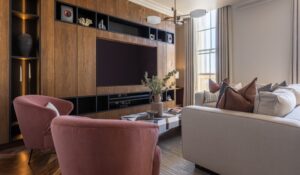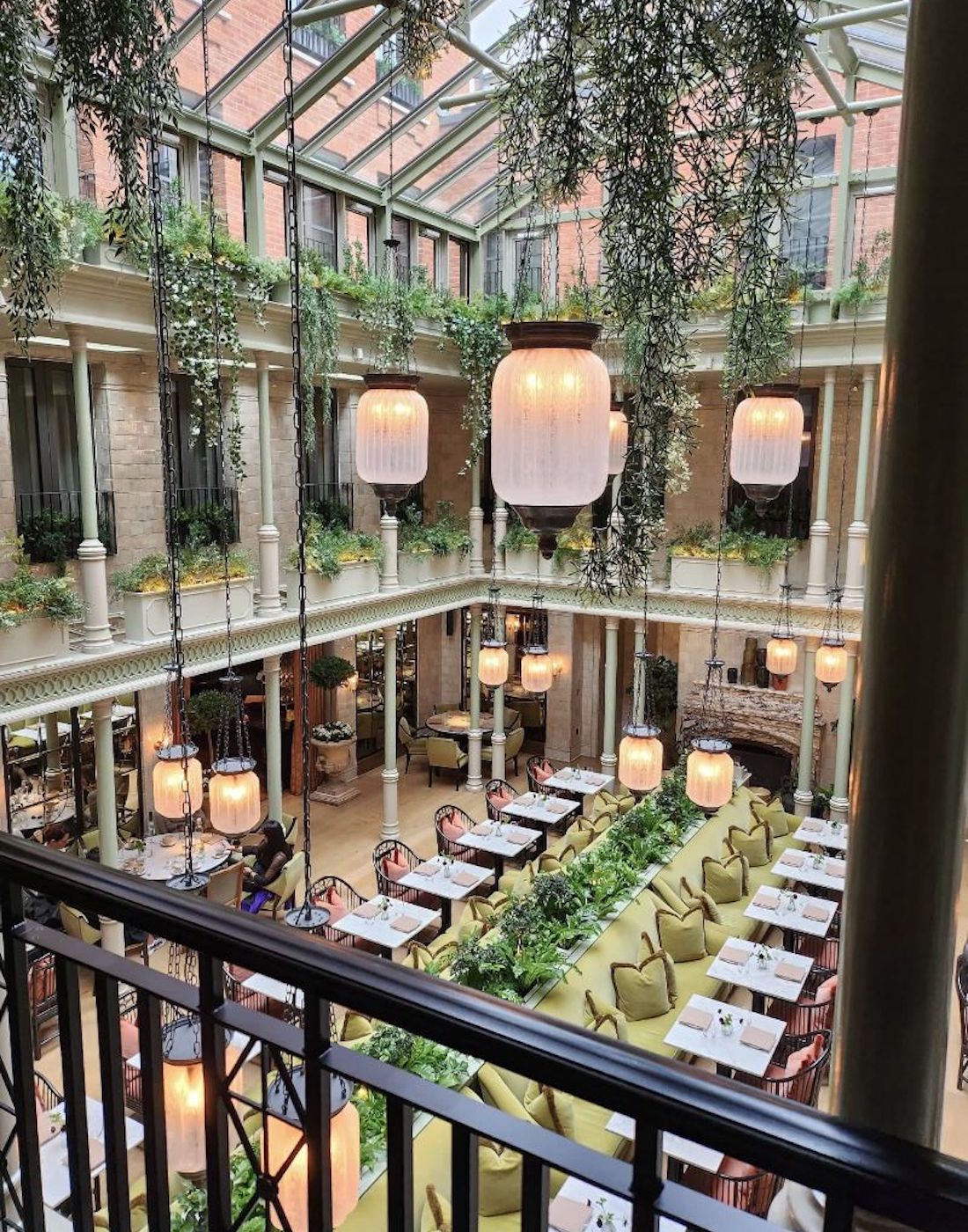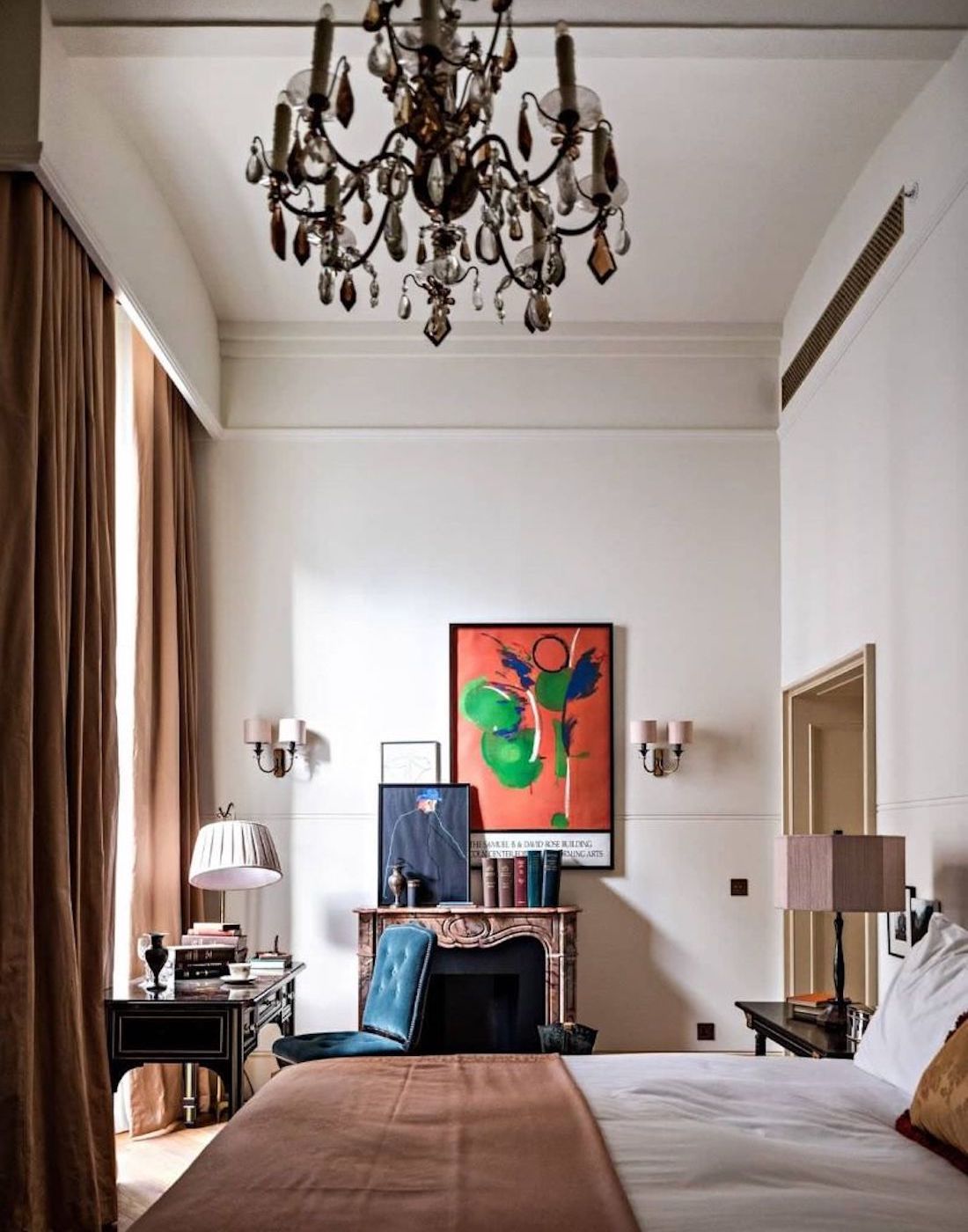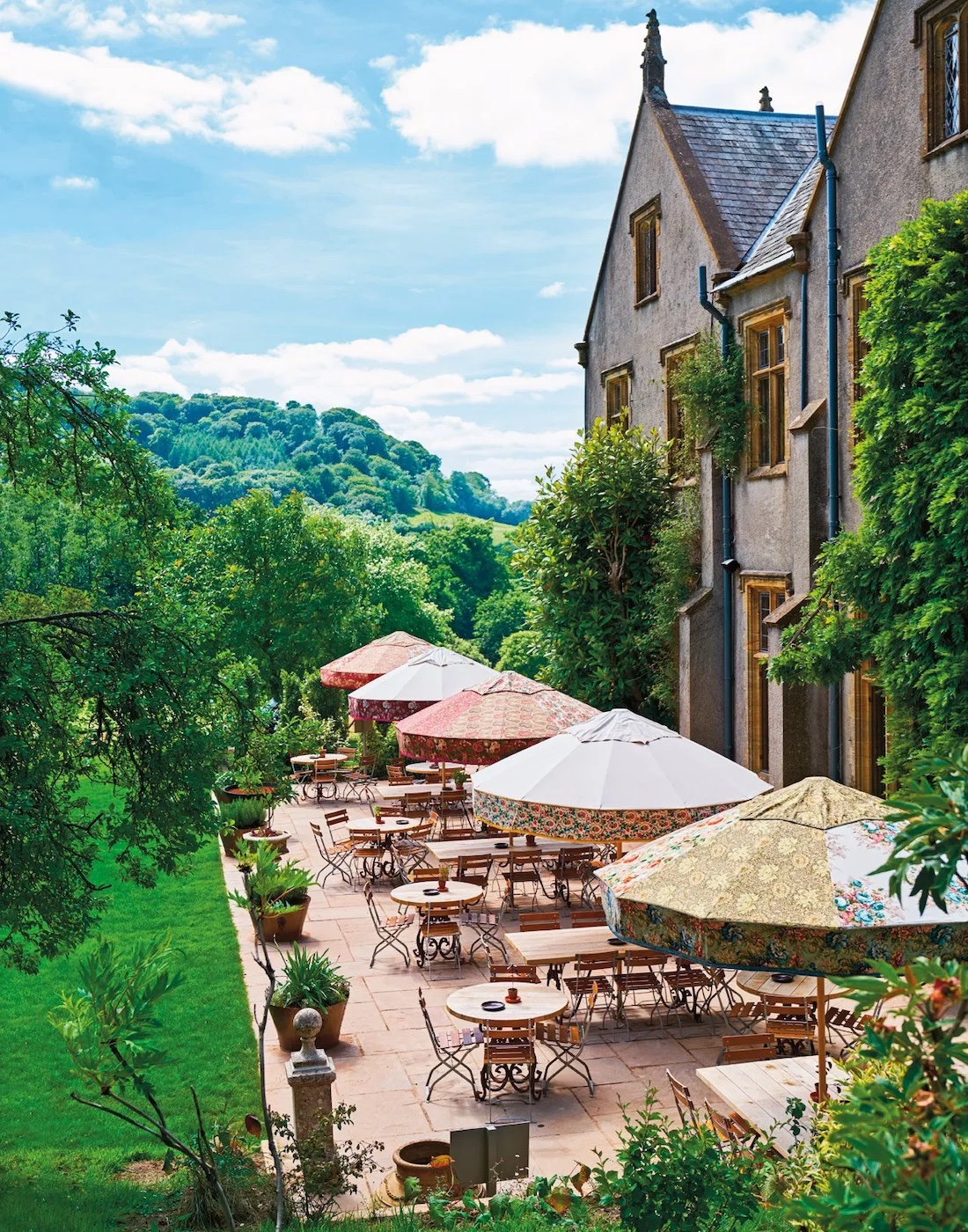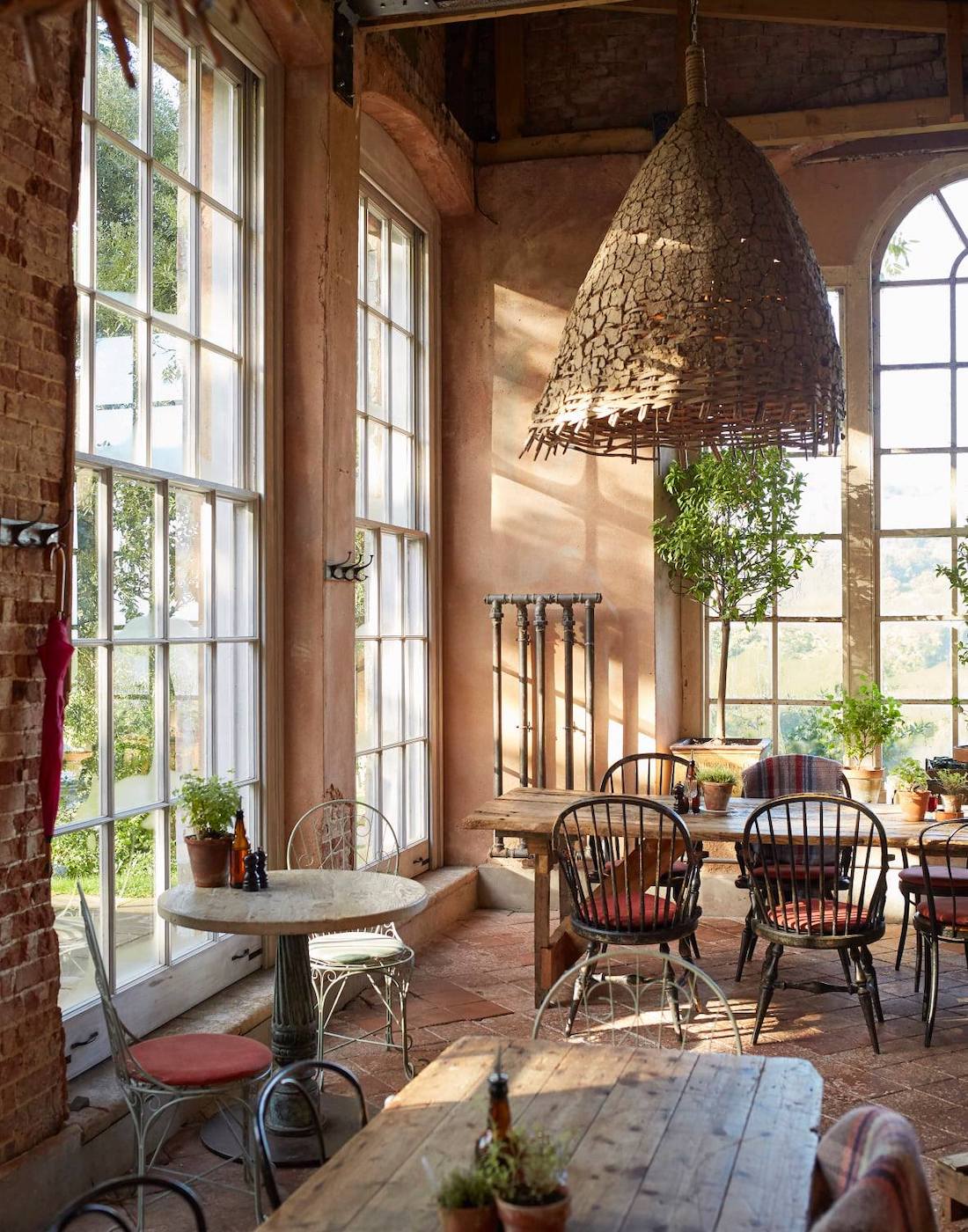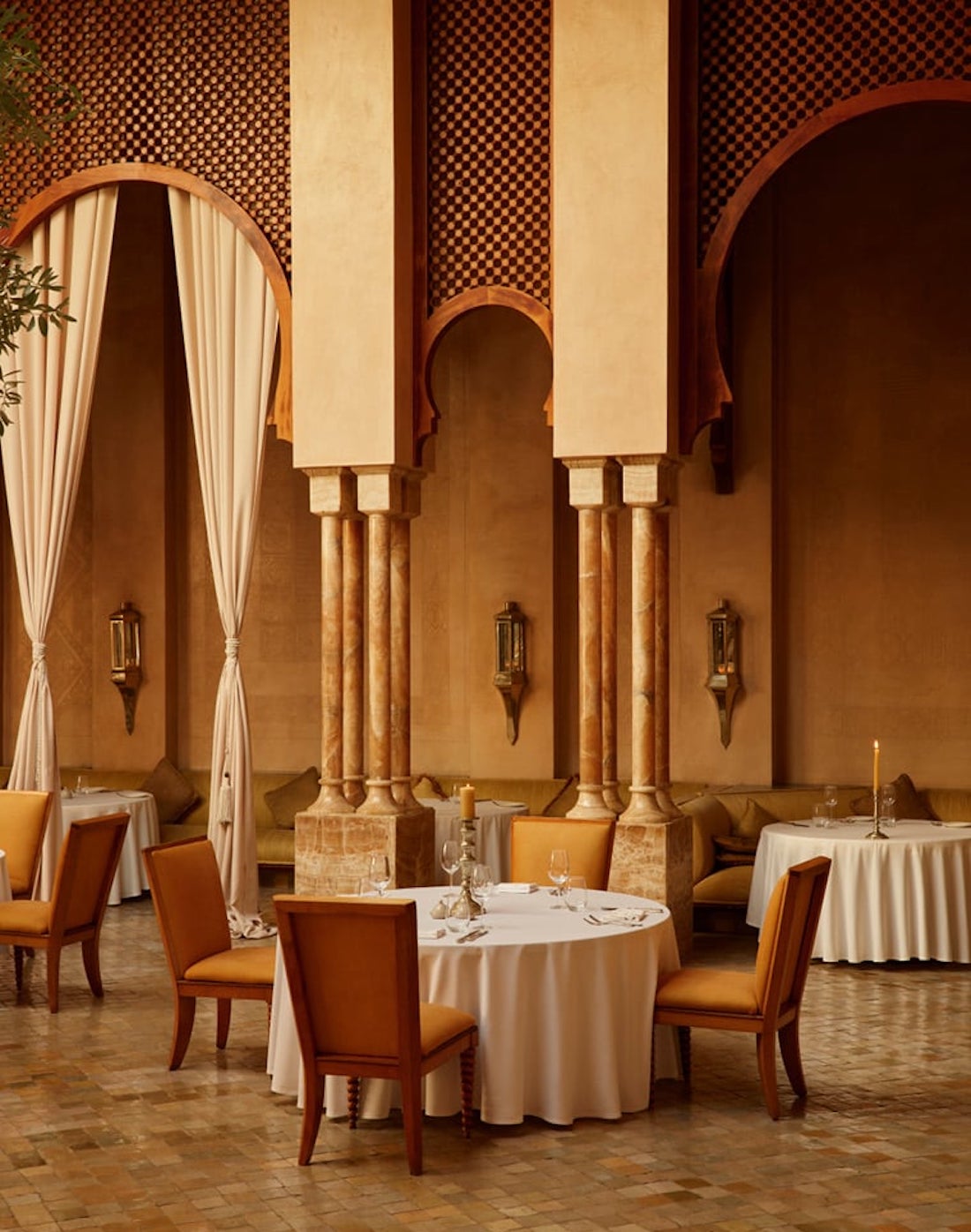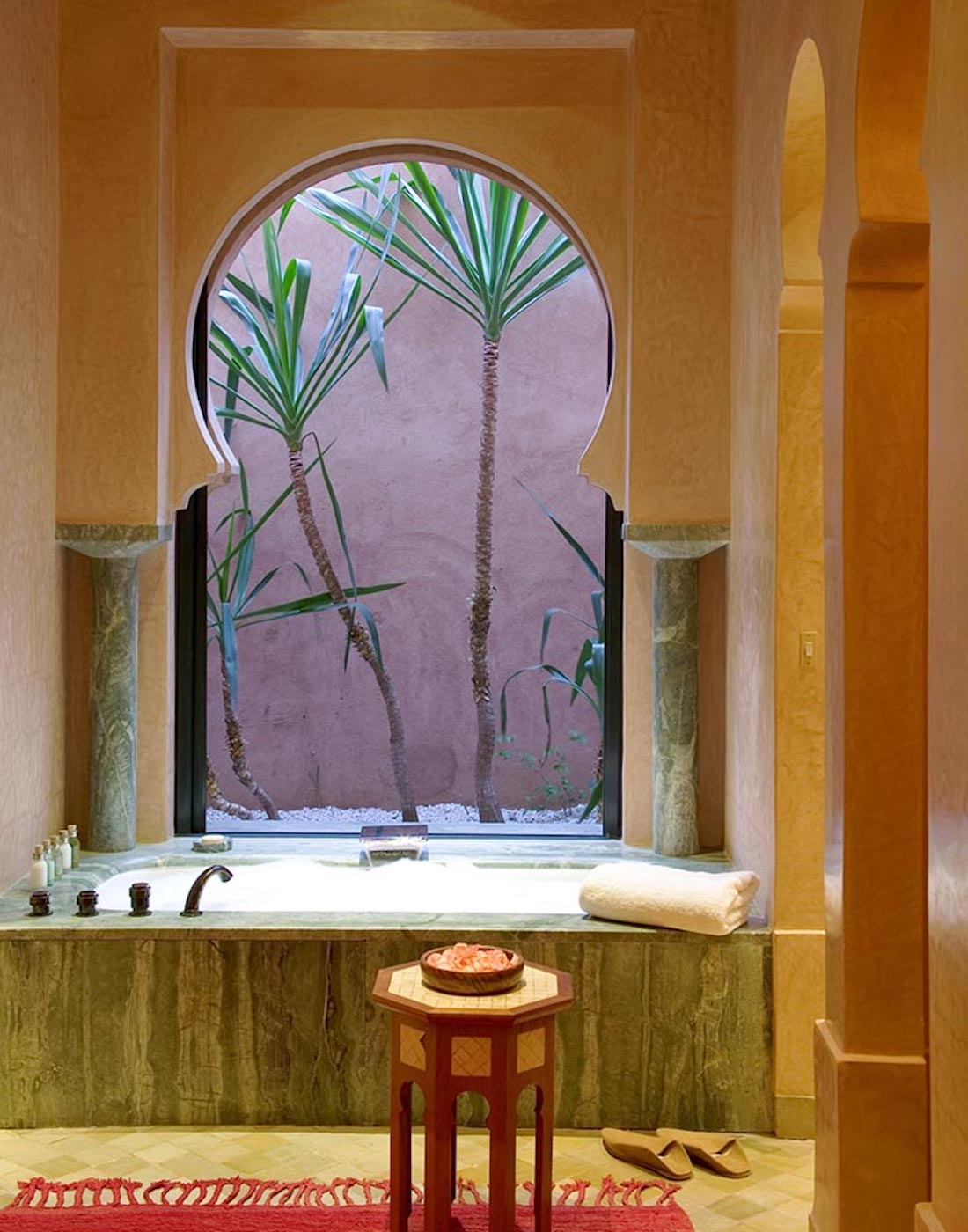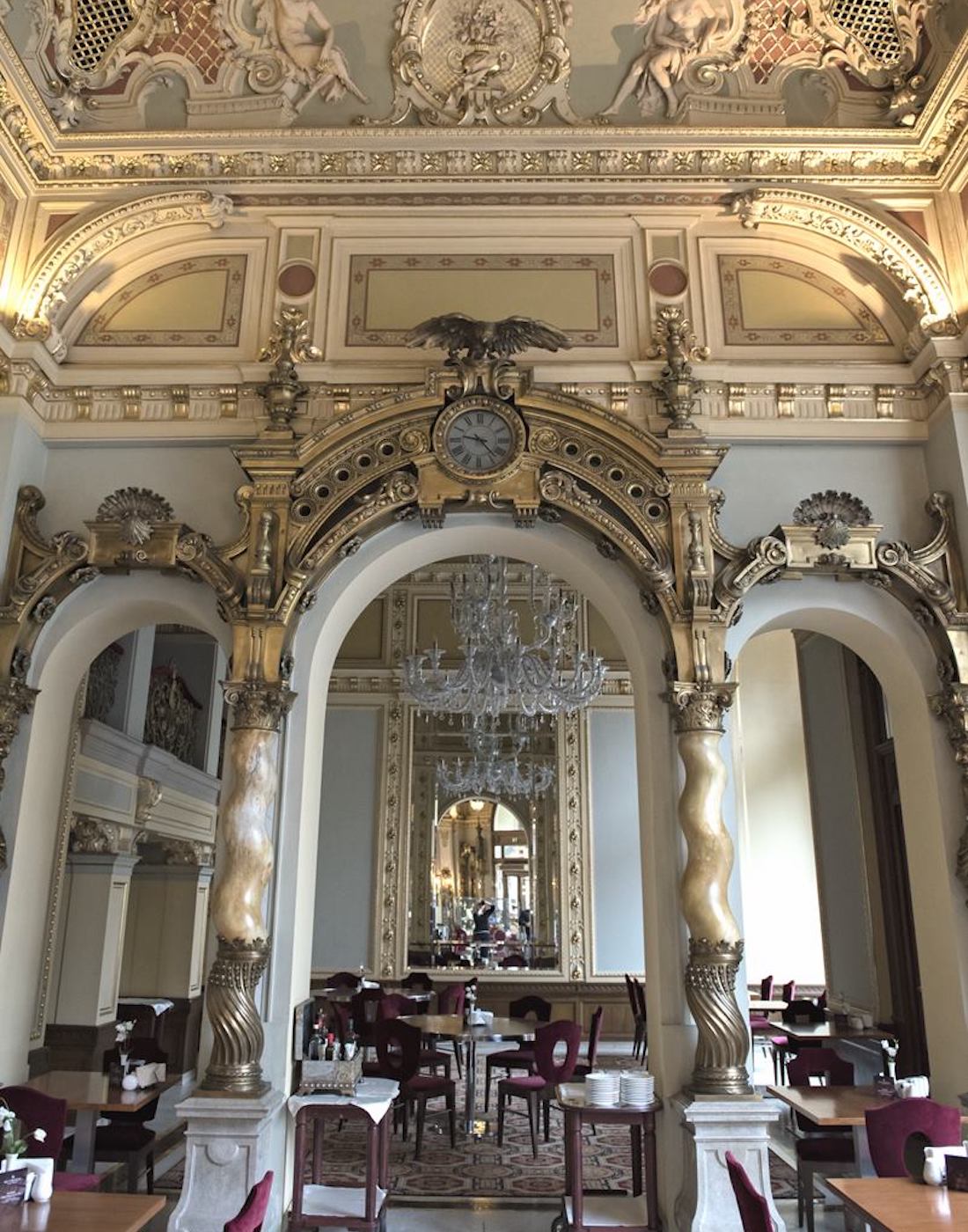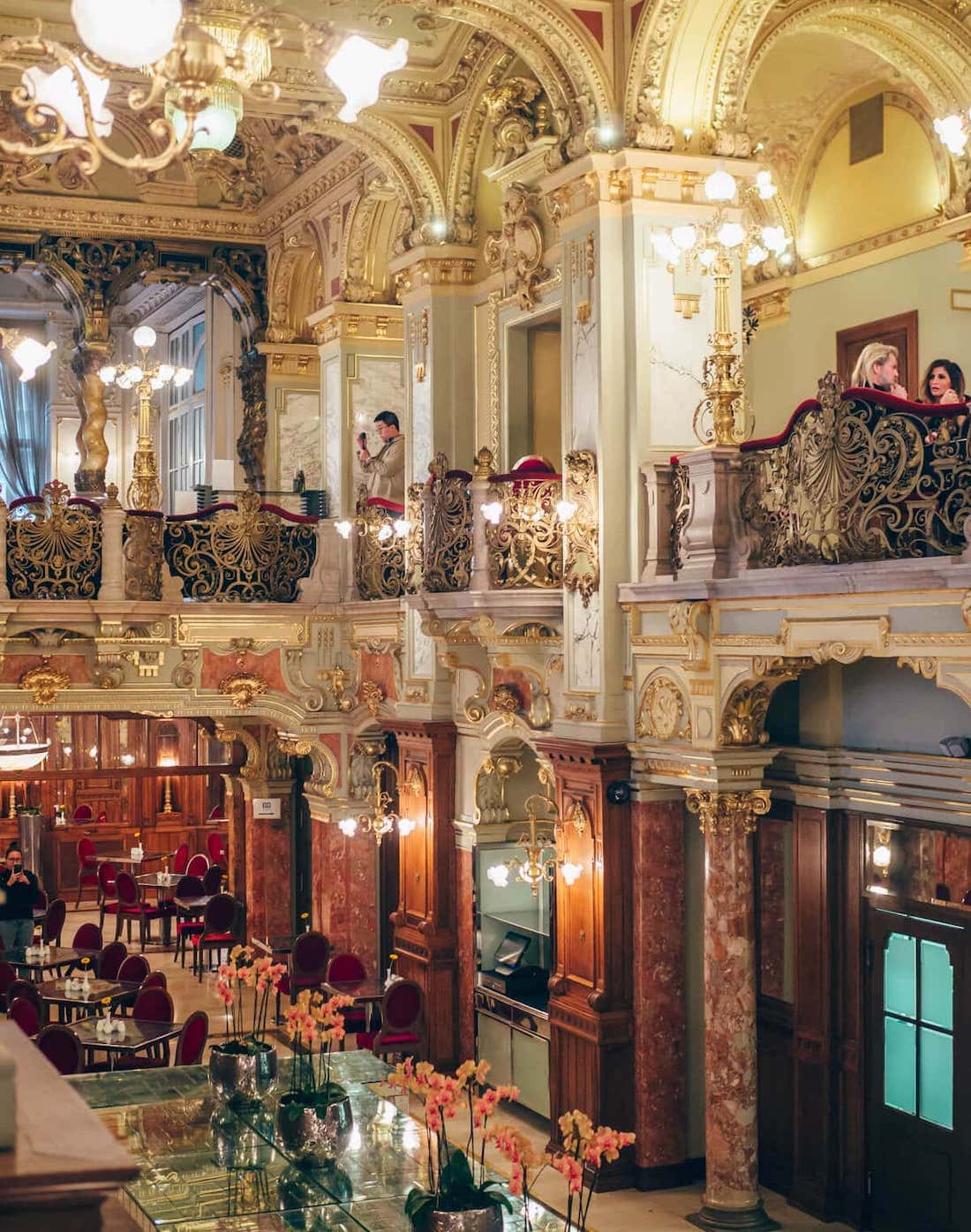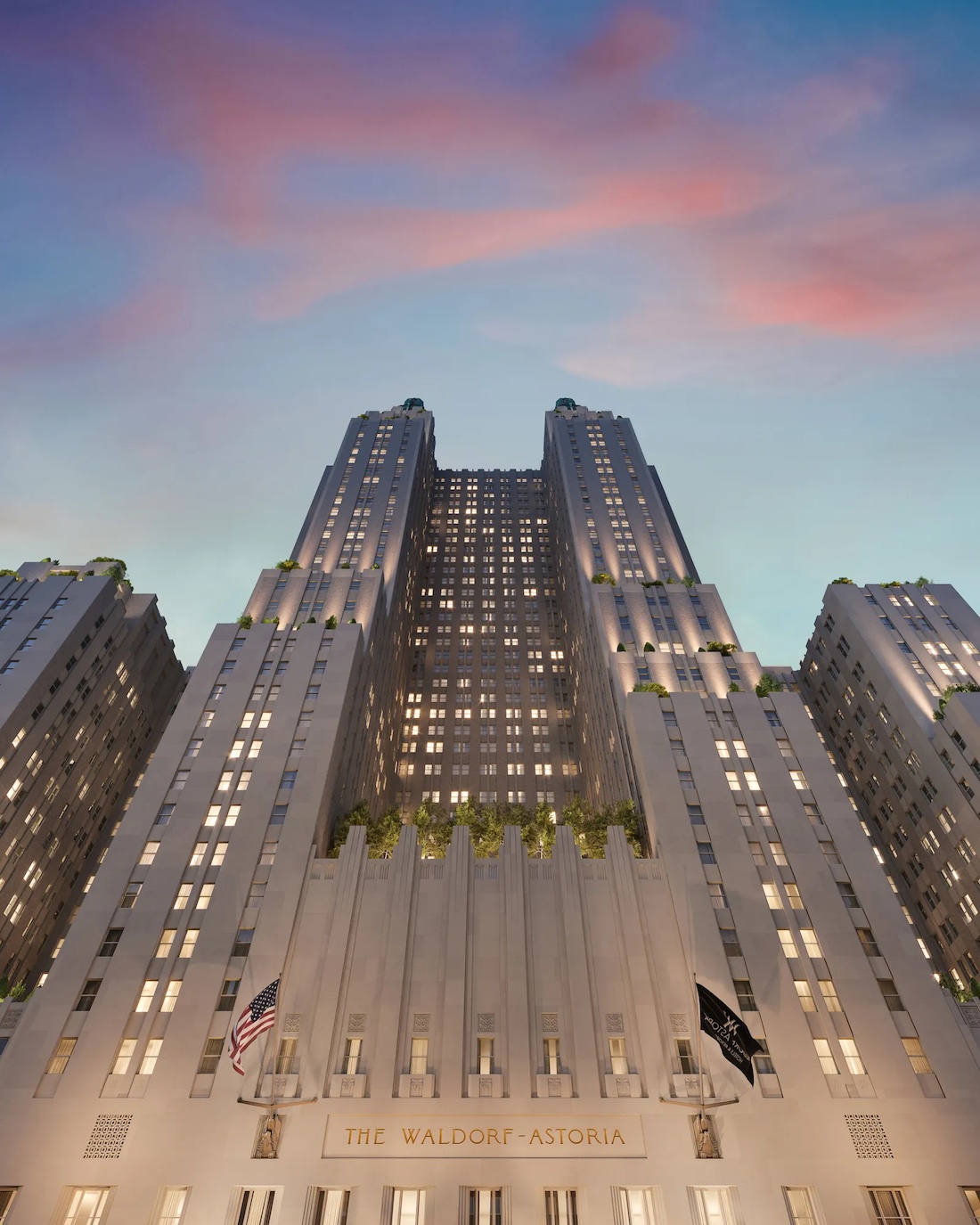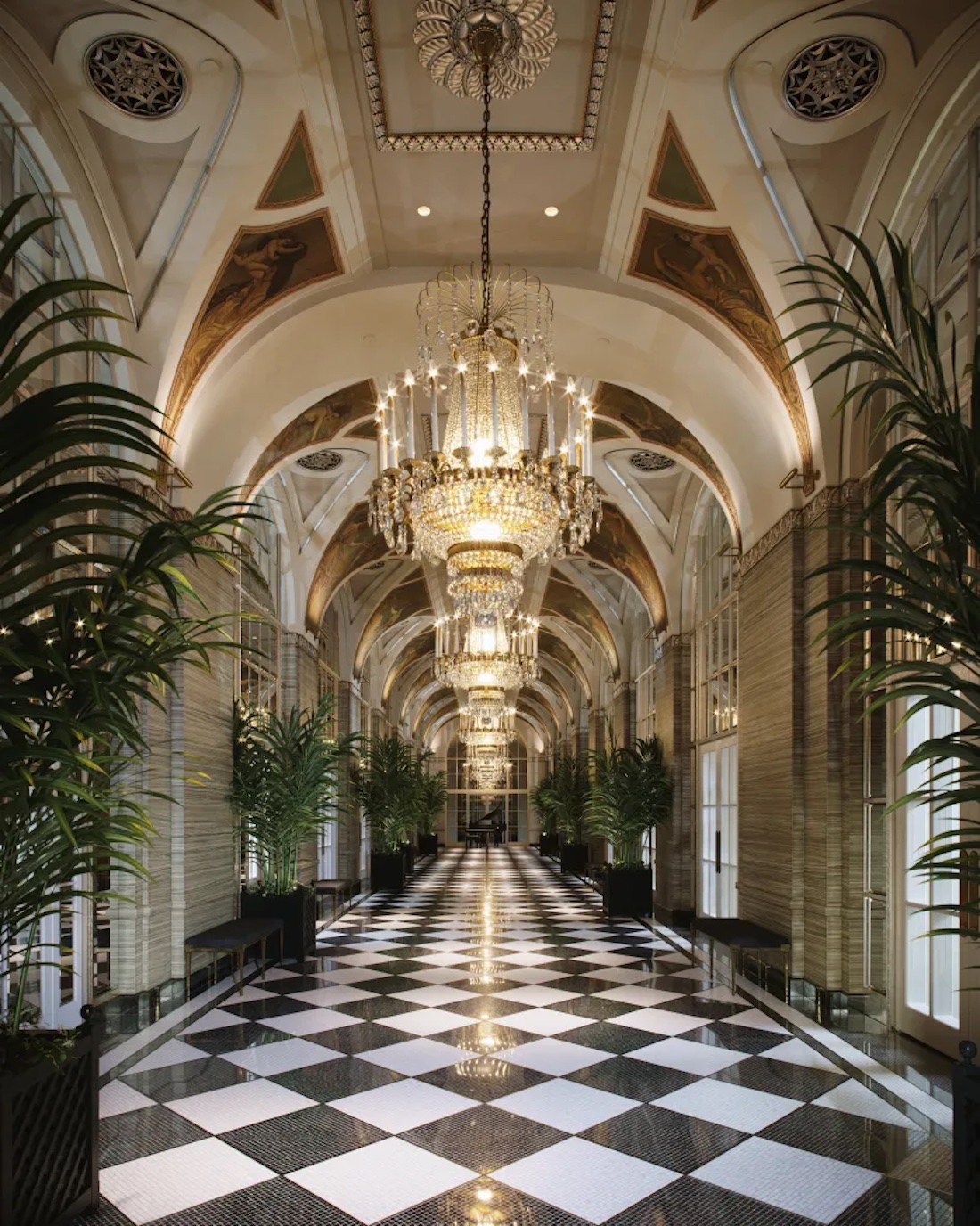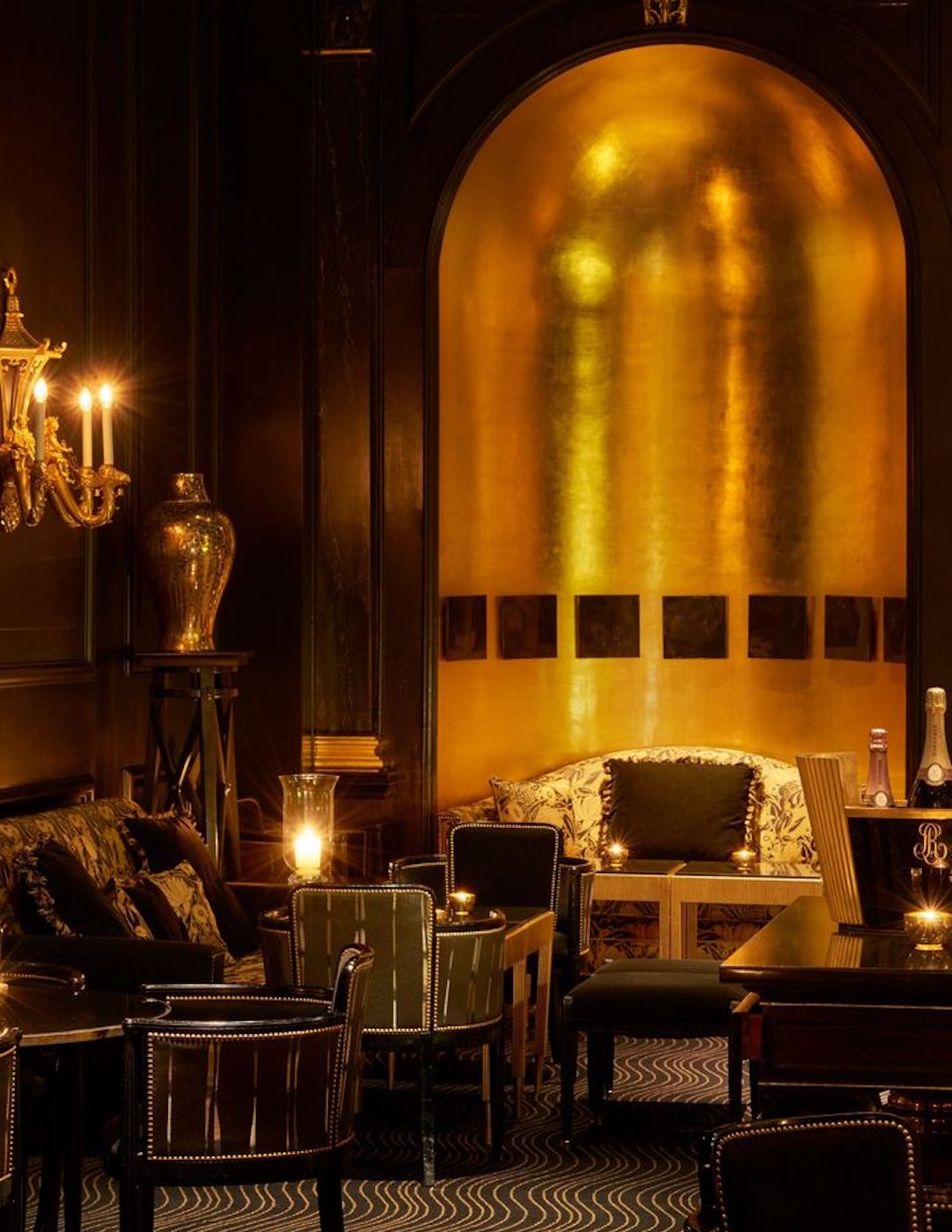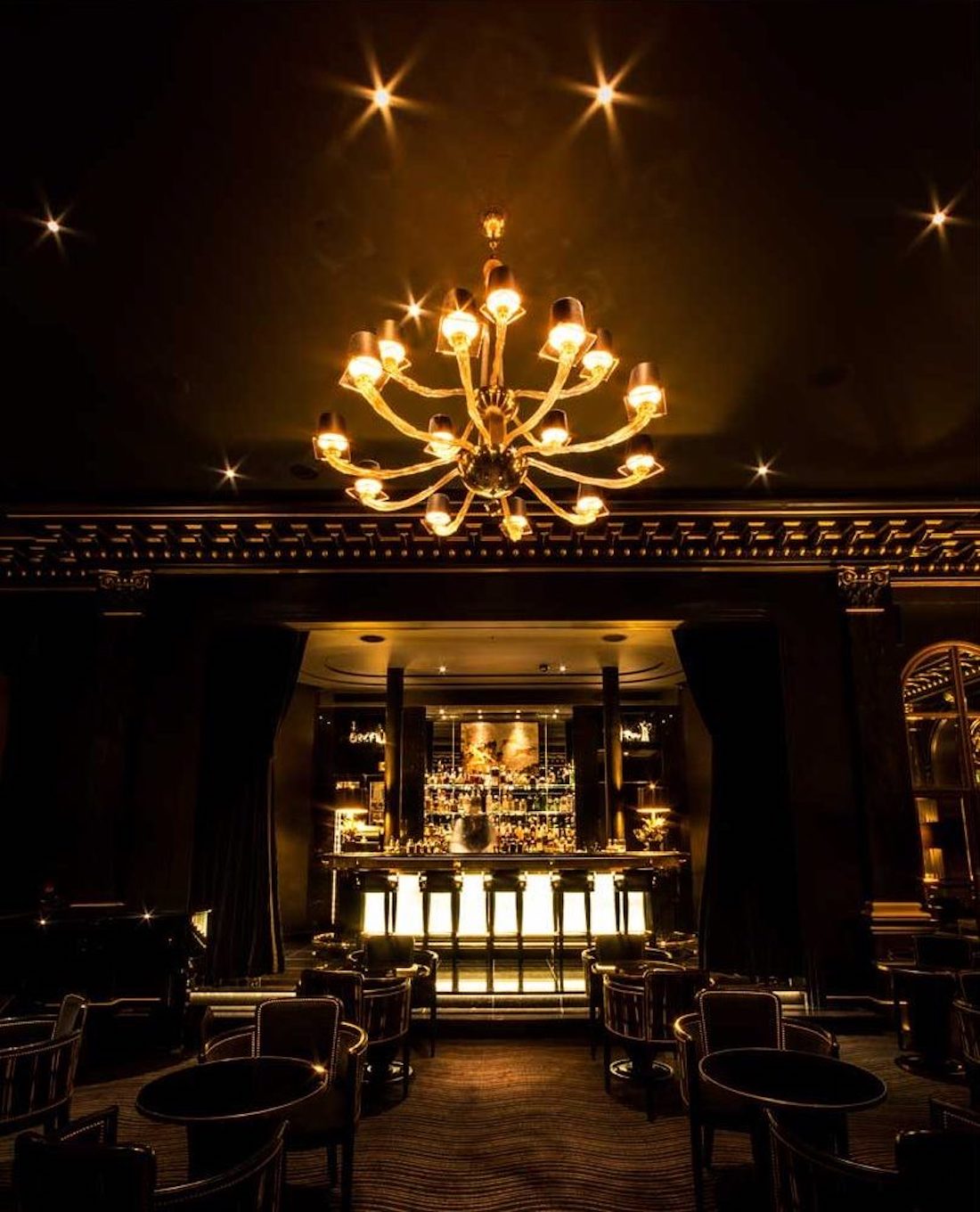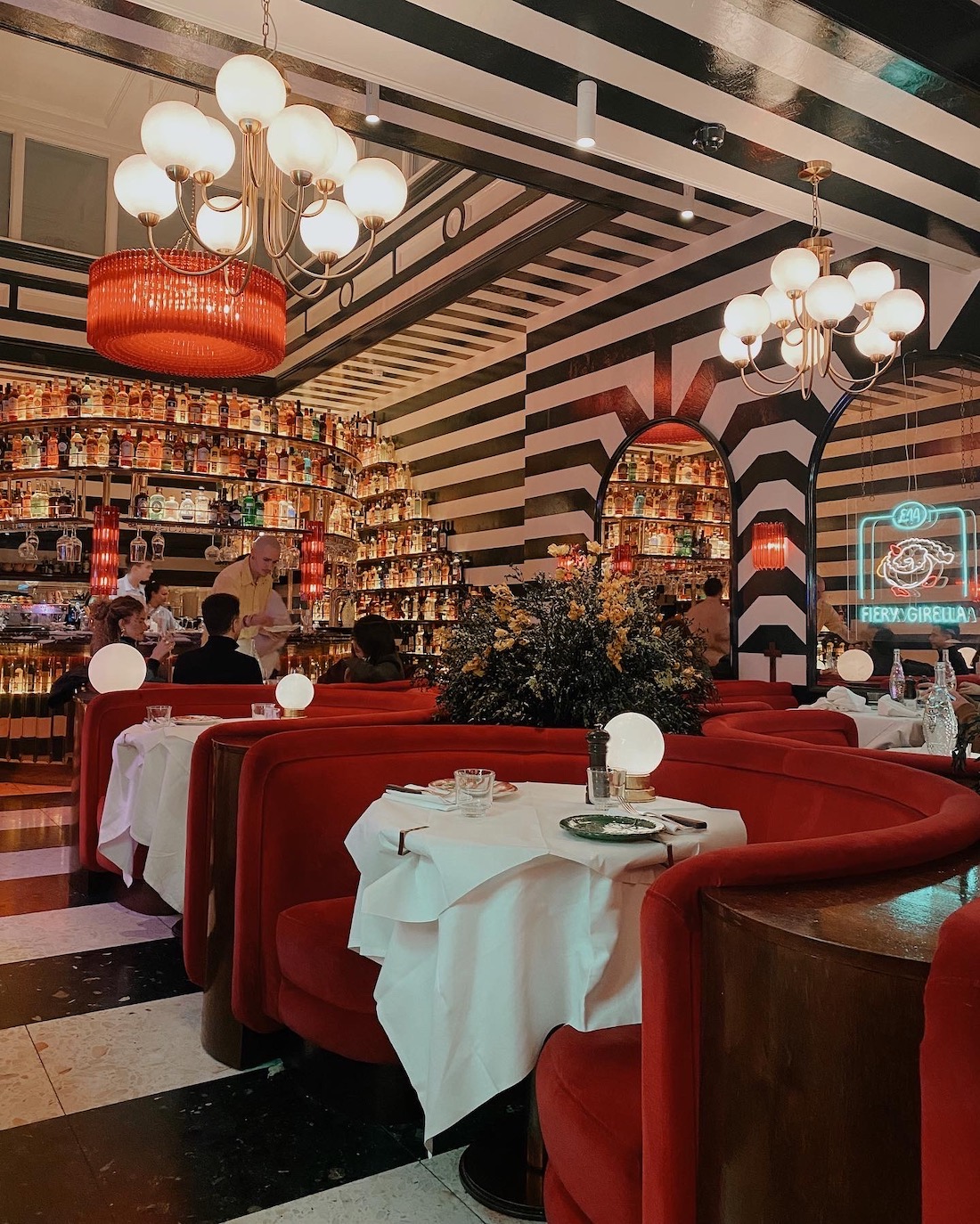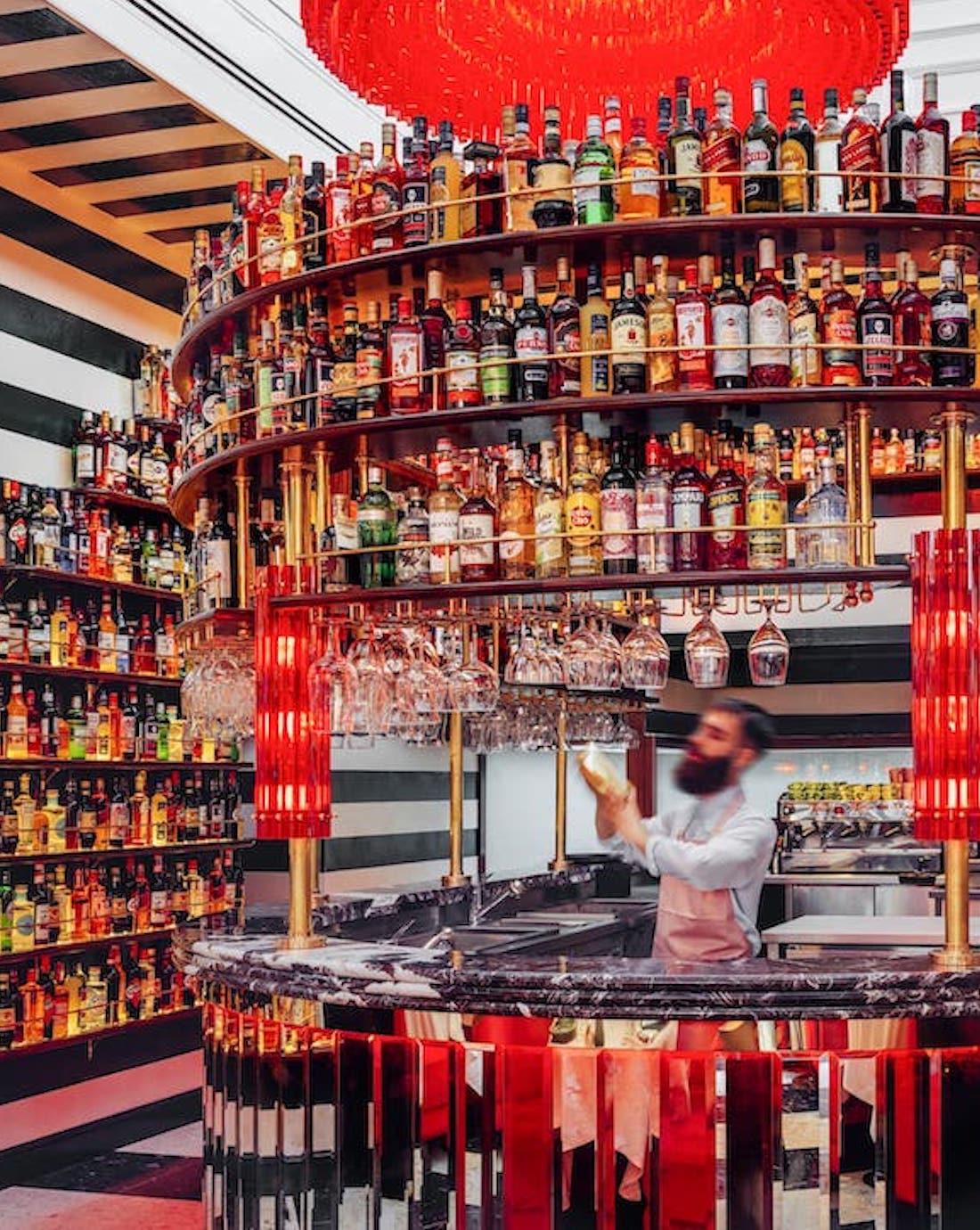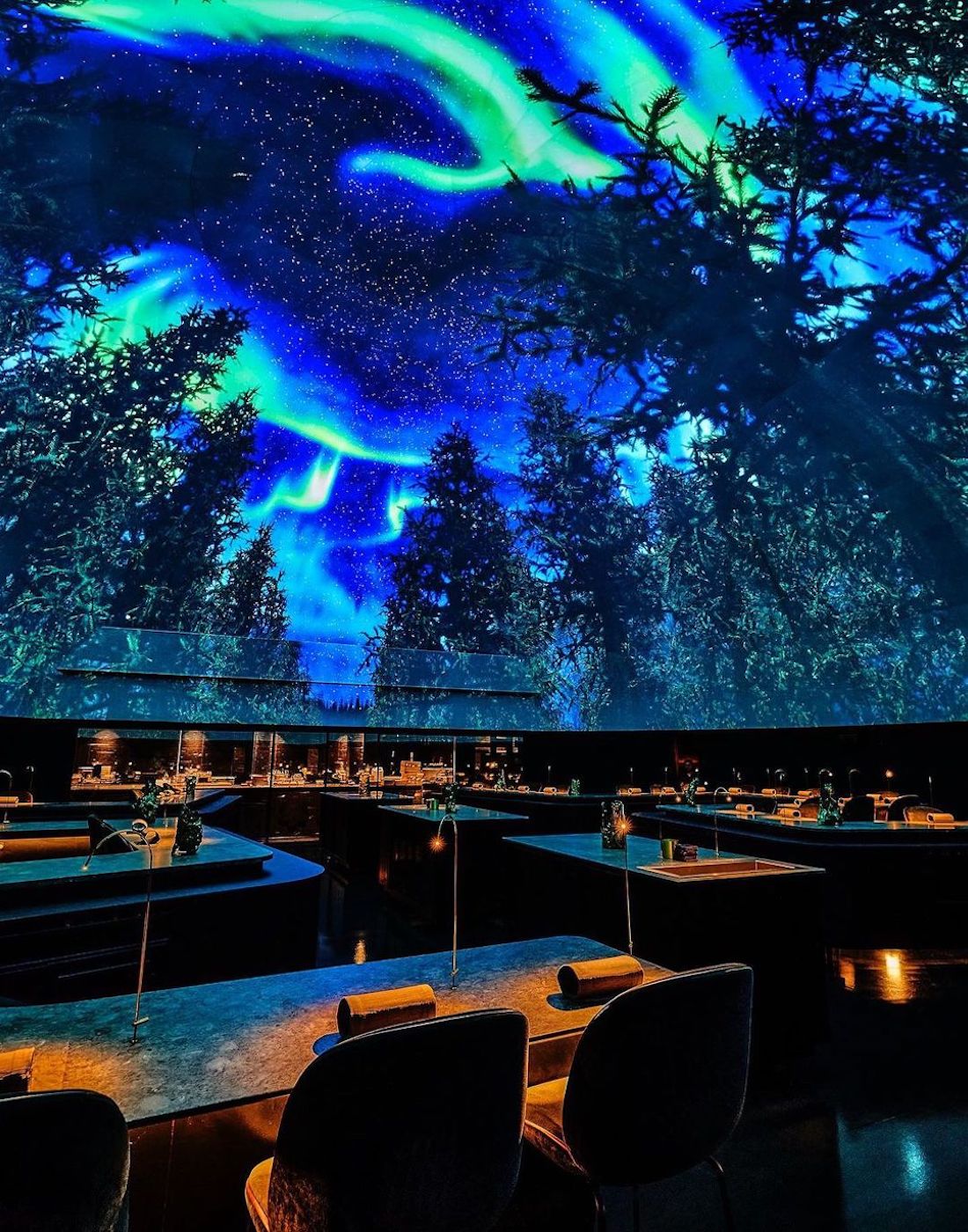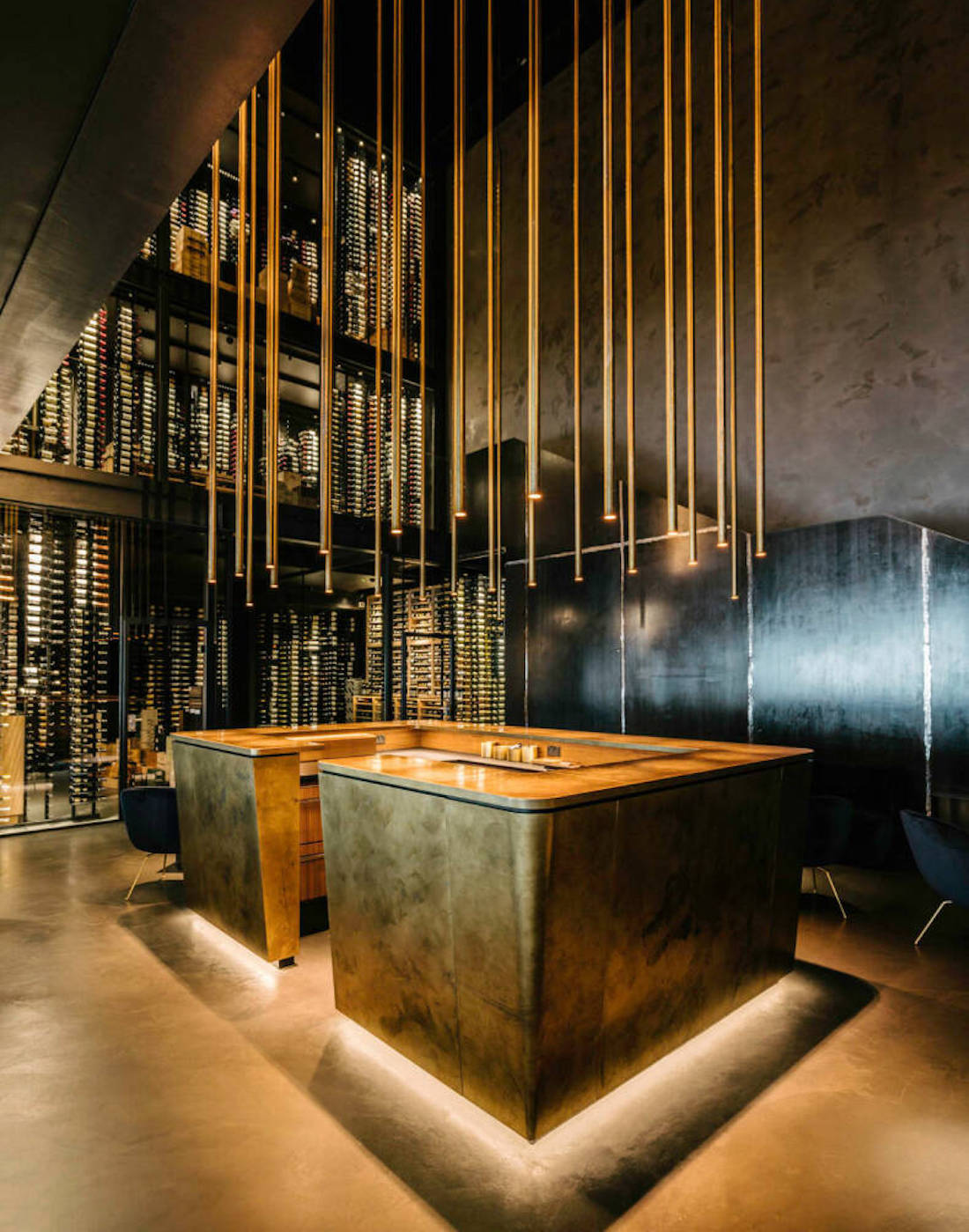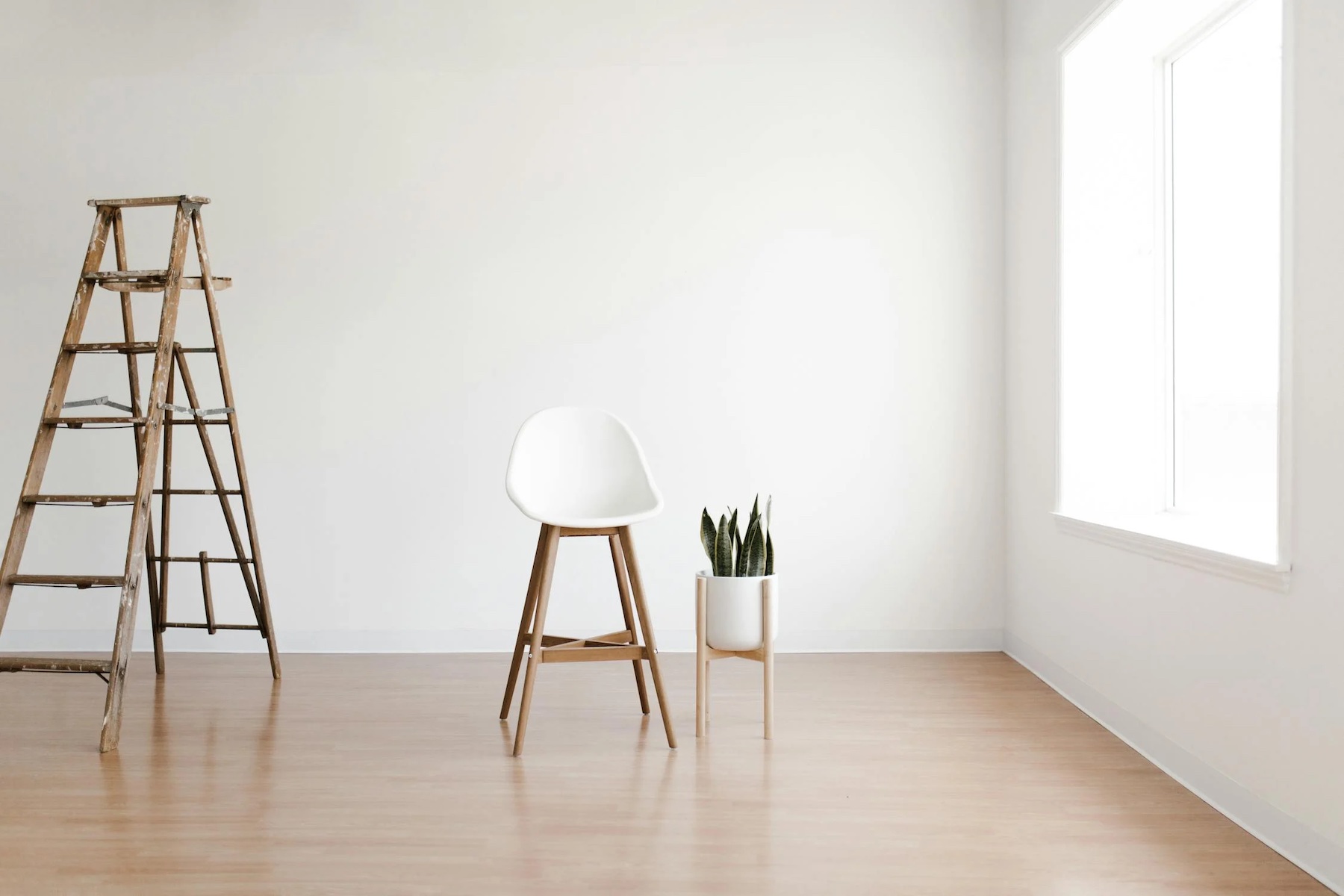9 Must See Beautiful Interiors in The Hospitality Sector

From luxurious hotels to trendsetting restaurants, these nine hospitality interiors redefine design excellence. Each space blends aesthetics and functionality to create unforgettable guest experiences, making them must-see destinations for design enthusiasts and travelers alike.
NoMad
NoMad London, situated in Covent Garden’s historic Bow Street Magistrates’ Court, showcases a distinctive interior design that harmoniously blends the building’s 19th-century architecture with contemporary elements. The design was crafted by the New York-based firm Roman and Williams, known for their eclectic and dramatic style.
Public Spaces:
The Atrium: A striking three-story space enclosed by a glass ceiling and steel structure, the Atrium serves as the hotel’s main restaurant. Its design is inspired by an Edwardian greenhouse, featuring lush greenery and abundant natural light, creating a serene dining environment.
The Library: This two-story area offers a cozy setting for guests, adorned with rich woodwork, vintage furnishings, and a curated collection of books. The space exudes a warm and inviting atmosphere, perfect for relaxation.
Guest Rooms and Suites:
The hotel’s 91 rooms and suites are designed to evoke the feel of luxurious apartments, with richly textured fabrics, bespoke furnishings, and curated art pieces. Some rooms retain original features of the historic building, such as fireplaces and decorative mouldings, seamlessly integrating the old with the new.
Art and Decor:
Throughout NoMad London, a collection of over 1,600 artworks reflects the cultural dialogue between London and New York. The interiors are further enhanced by hand-painted murals, floral motifs, and a mix of vintage and contemporary furnishings, creating a space that is both elegant and eclectic.
Pig at Combe:
The Pig at Combe, nestled in Devon’s Otter Valley, is a 16th-century Elizabethan manor house that seamlessly blends historic charm with contemporary comfort. The interior design reflects a rustic yet elegant aesthetic, emphasizing natural materials and vintage furnishings to create a warm and inviting atmosphere.
Public Spaces:
The Great Hall: Upon entering, guests are greeted by the grandeur of the Great Hall, featuring original wood-panelled walls, plush sofas, and an open fireplace, offering a cozy setting for relaxation.
The Folly: This unique dining area, set within a converted Victorian greenhouse, exudes rustic charm with its wooden tables, mismatched chairs, and abundant greenery, providing a casual yet stylish environment for meals.
The Bar: Housed in the manor’s former kitchen, the bar retains original features such as the large fireplace and stone floors, complemented by vintage bar stools and ambient lighting, creating an intimate space for enjoying cocktails.
Guest Rooms:
Each of the 27 rooms is individually designed, combining antique furnishings with modern amenities. Features include four-poster beds, freestanding bathtubs, and monsoon showers, all set against a backdrop of muted tones and rich textures that enhance the historic character of the manor.
The Kitchen Garden:
Integral to the hotel’s farm-to-table philosophy, the kitchen garden is not only a source of fresh produce but also a visual delight. Guests can explore the well-tended gardens, which contribute to the hotel’s commitment to local sourcing and sustainability.
The Amanjena- Morocco
Amanjena, located just outside Marrakech, Morocco, is a luxury resort renowned for its harmonious blend of traditional Moorish architecture and contemporary design elements. The resort’s name, meaning “peaceful paradise,” reflects its serene ambiance and meticulous attention to detail.
Architectural Design:
Designed by the late architect Ed Tuttle, Amanjena draws inspiration from ancient Moorish palaces and traditional Moroccan architecture. The resort features pale pink-hued buildings, expansive courtyards, and tranquil reflecting pools, all set against the backdrop of the High Atlas Mountains. The use of local materials and traditional construction techniques pays homage to the region’s rich cultural heritage.
Interior Spaces:
Pavilions and Maisons: The resort offers 32 pavilions and several two-story maisons, each characterized by high vaulted ceilings, elegant Moorish arches, and a minimalist aesthetic. Interiors are adorned with Berber rugs, stucco walls, and authentic Moroccan tiles, creating a serene and luxurious environment.
Color Palette: The interiors predominantly feature a soft, neutral color scheme, with pale peach walls finished in tadlekt—a traditional Moroccan plaster technique—complemented by rich textures and handcrafted furnishings.
Furnishings: Each space is furnished with bespoke pieces, including king-size beds under graceful domes, wood-burning fireplaces, and daybeds finished in Moroccan leather. The careful selection of furnishings enhances the resort’s tranquil atmosphere.
Public Areas:
Dining Venues: Amanjena features multiple dining options, each with its own distinct ambiance. The main restaurant showcases traditional Moroccan design elements, such as intricate woodwork and lantern lighting, providing an intimate dining experience. Another venue, inspired by Japanese aesthetics, offers a minimalist setting with clean lines and subtle décor.
Spa and Wellness: The resort’s spa embodies a serene retreat, with treatment rooms featuring arched ceilings, soft lighting, and traditional Moroccan design motifs. The use of natural materials and calming color schemes contributes to a peaceful environment for relaxation and rejuvenation.
New York Café
The New York Café in Budapest, often hailed as “the most beautiful café in the world,” is a stunning example of late 19th-century design, blending Italian Renaissance and Baroque elements to create a lavish and opulent interior.
Architectural Design:
Opened in 1894 as part of the New York Life Insurance Company’s European headquarters, the café was designed by architect Alajos Hauszmann, with contributions from Flóris Korb and Kálmán Giergl. The building’s eclectic style features grandiose elements intended to emulate the luxurious café culture of Paris, bringing sophistication to Budapest.
Interior Features:
Ceilings and Frescoes: The ceilings are adorned with intricate frescoes depicting various mythological scenes, adding depth and color to the space. These artworks are complemented by Venetian chandeliers that provide warm, ambient lighting.
Columns and Stucco: Gilded stucco embellishments and marble columns enhance the café’s grandeur, showcasing exceptional craftsmanship and attention to detail.
Furniture and Décor: The café is furnished with plush red velvet chairs and dark wood tables, maintaining a classic and elegant atmosphere. Large mirrors and ornate detailing throughout the space contribute to its opulent ambiance.
Cultural Significance:
Historically, the New York Café served as a hub for writers, artists, and intellectuals, fostering a vibrant cultural scene in Budapest. Its lavish interior provided an inspiring backdrop for creative discussions and literary pursuits.
Restoration:
After periods of decline, the café underwent significant restoration to return it to its former glory. Original blueprints discovered in the basement facilitated an accurate recreation of the interior, preserving its historical and architectural significance.
Walford Astoria New York
The Waldorf Astoria New York, an iconic symbol of luxury and elegance since its opening on Park Avenue in 1931, is renowned for its distinctive Art Deco interior design. The hotel’s interiors have recently undergone a meticulous restoration to preserve their historic grandeur while introducing modern comforts.
Historic Art Deco Design:
The original design of the Waldorf Astoria showcases classic Art Deco elements, characterized by geometric patterns, rich materials, and opulent detailing. Notable spaces include the Grand Ballroom, with its ornate plasterwork and chandeliers, and the main lobby, featuring the iconic Waldorf Astoria clock and lavish marble finishes. These interiors have been designated as New York City landmarks, ensuring their preservation for future generations.
Recent Renovations:
In preparation for its reopening in 2025, the Waldorf Astoria has undergone significant renovations led by renowned architects and designers. Skidmore, Owings & Merrill (SOM) spearheaded the architectural restoration, focusing on renewing the hotel’s “unofficial palace” status by recreating the original interior design intent.
French interior designer Jean-Louis Deniot was entrusted with the interiors of The Towers, the residential component of the hotel. Deniot’s design balances modern comfort with Art Deco opulence, blending handcrafted finishes, natural materials, and subtle bronze accents to bring a sense of history to contemporary spaces.
The hotel’s guestrooms and suites have been reimagined to blend modern comforts with subtle Art Deco accents, nodding to the hotel’s storied past while catering to contemporary tastes.
Preservation of Iconic Features:
Throughout the renovation process, great care has been taken to preserve the hotel’s iconic features. Key artifacts and signature art pieces, such as Nina Saemundsson’s “Spirit of Achievement” statue, were carefully packaged and moved off-site for preservation. Forensic researchers took samples from landmarked public spaces to uncover and match the original colours, ensuring an accurate restoration of the hotel’s historic interiors.
Clos Maggiore
Clos Maggiore, situated in London’s Covent Garden, is celebrated for its enchanting interior design, often earning the title of the world’s most romantic restaurant. The establishment masterfully combines elements inspired by the rustic charm of Provence and Tuscany, creating an intimate and inviting atmosphere for its guests.
Conservatory:
At the heart of Clos Maggiore lies its renowned conservatory, a space that transforms with the seasons to offer a unique dining experience year-round.
Spring and Summer: During the warmer months, the conservatory is adorned with an abundance of white blossoms and greenery, creating a canopy of flowers that evokes the feeling of dining in a secluded, enchanted garden. This floral arrangement, combined with natural light filtering through the glass ceiling, enhances the romantic ambiance.
Autumn and Winter: In the cooler months, the conservatory transforms into a cozy retreat. The glass roof is covered to create a warm, intimate setting, complemented by candlelight and a roaring fireplace. This seasonal adaptation ensures a comfortable and romantic dining experience regardless of the weather.
Interior Details:
Floral Décor: The meticulous selection of flowers, particularly orchids that match the hues and species depicted on the menus, reflects the restaurant’s attention to detail and commitment to creating a cohesive aesthetic.
Private Dining Room: Beyond the conservatory, Clos Maggiore offers an elegant first-floor private dining room, ideal for intimate gatherings and special occasions. This space maintains the restaurant’s signature romantic ambiance, with tasteful décor and soft lighting.
Ambiance:
The combination of soft lighting, floral arrangements, and thoughtful design elements throughout Clos Maggiore creates a serene and romantic atmosphere. The restaurant’s ability to adapt its interior to reflect the changing seasons ensures that guests enjoy a unique and memorable dining experience year-round.
Beaufort Bar – Savoy
The Beaufort Bar at The Savoy Hotel in London is renowned for its opulent Art Deco-inspired interior design, exuding glamour and sophistication. Designed by Pierre-Yves Rochon, the space features a striking black and gold color palette, complemented by luxurious materials such as velvet and satin.
Key Design Elements:
Color Scheme: The bar’s interior is dominated by deep black and rich gold tones, creating a dramatic and elegant atmosphere.
Materials: High-end materials like velvet and satin are used throughout, enhancing the luxurious feel of the space.
Lighting: The bar is illuminated by candlelight, adding to its intimate and romantic ambiance.
Historical Significance: The Beaufort Bar is situated on the former cabaret stage where composer George Gershwin once performed, adding a layer of historical charm to its design.
This combination of design elements makes the Beaufort Bar a quintessential example of Art Deco elegance in London’s hospitality scene.
Ave Mario London
Ave Mario, located in London’s Covent Garden, is renowned for its vibrant and immersive interior design that transports diners to the heart of Italy. The restaurant’s aesthetic draws inspiration from Italian churches, featuring high vaulted ceilings, marble columns, and intricate frescoes. Upon entry, guests are greeted by a striking 20-foot-tall statue of Mario Merola, setting the tone for the experience.
Key Design Elements:
Color Palette: The main dining area showcases cathedral-style stripes in rich, dark green hues, creating a dramatic yet inviting atmosphere. The use of textured paint finishes softens the bold colors, adding depth and character to the space.
Seating: The restaurant features a variety of seating options, including plush burnt orange velvet booths and scalloped top banquettes. These choices contribute to the traditional Italian vibe and complement the overall décor.
Decorative Details: Ave Mario incorporates elements such as Parisian rattan, Murano glass globes, and vintage Fiorucci posters, blending traditional Italian charm with contemporary flair. The gingham tablecloths and terracotta flooring in certain areas evoke the warmth of Tuscan courtyards.
Lighting: The space is illuminated by a combination of natural light and carefully placed lighting fixtures, enhancing the vibrant colors and textures throughout the restaurant.
Alchemist Copenhagen
Alchemist, located in Copenhagen’s Refshaleøen district, offers a multisensory dining experience that seamlessly integrates gastronomy, art, theater, and technology. The restaurant occupies a 22,000-square-foot former industrial warehouse, once used by the Royal Danish Theatre for set construction.
Key Design Elements:
Entrance: Guests are welcomed through imposing, hand-sculpted bronze doors, setting the tone for the avant-garde experience that awaits.
Interior Layout: The space is divided into distinct areas, each with its own ambiance:
New York City Room: Adorned with graffiti by artist Lady Aiko and accompanied by a soundscape of Fifth Avenue’s traffic, this area immerses diners in an urban atmosphere.
Lounge: Features panoramic windows overlooking a 13-meter wine cellar and a futuristic test kitchen, providing a dynamic backdrop for pre-dinner drinks.
Main Dining Area: Dominated by an 18-meter-wide dome, this space utilizes 12 mapping projectors to create a 360-degree visual experience, enhancing the culinary journey with immersive visuals.
Balcony: The final stage of the dining experience, designed for relaxation and reflection, features Ro™ chairs in purple hues, contributing to a mystique and otherworldly atmosphere.
Materials and Furnishings: The interior incorporates luxurious materials such as solidly aged brass and charred wooden planks, contributing to a sophisticated and tactile environment.
Inspiring hospitality interiors not only captivate the eye but also create memorable guest experiences, demonstrating the power of thoughtful design and technique. If you’re envisioning a transformation for your own project, residential or commercial, let our expertise bring your vision to life. At Pfeiffer Design, we specialize in crafting interiors that are as functional as they are breathtaking. Contact us today to discuss how we can elevate your space!


Looking for interior inspiration?
Explore our recent work or contact us for a design consultation
FIND INSPIRATION
RELATED STORIES
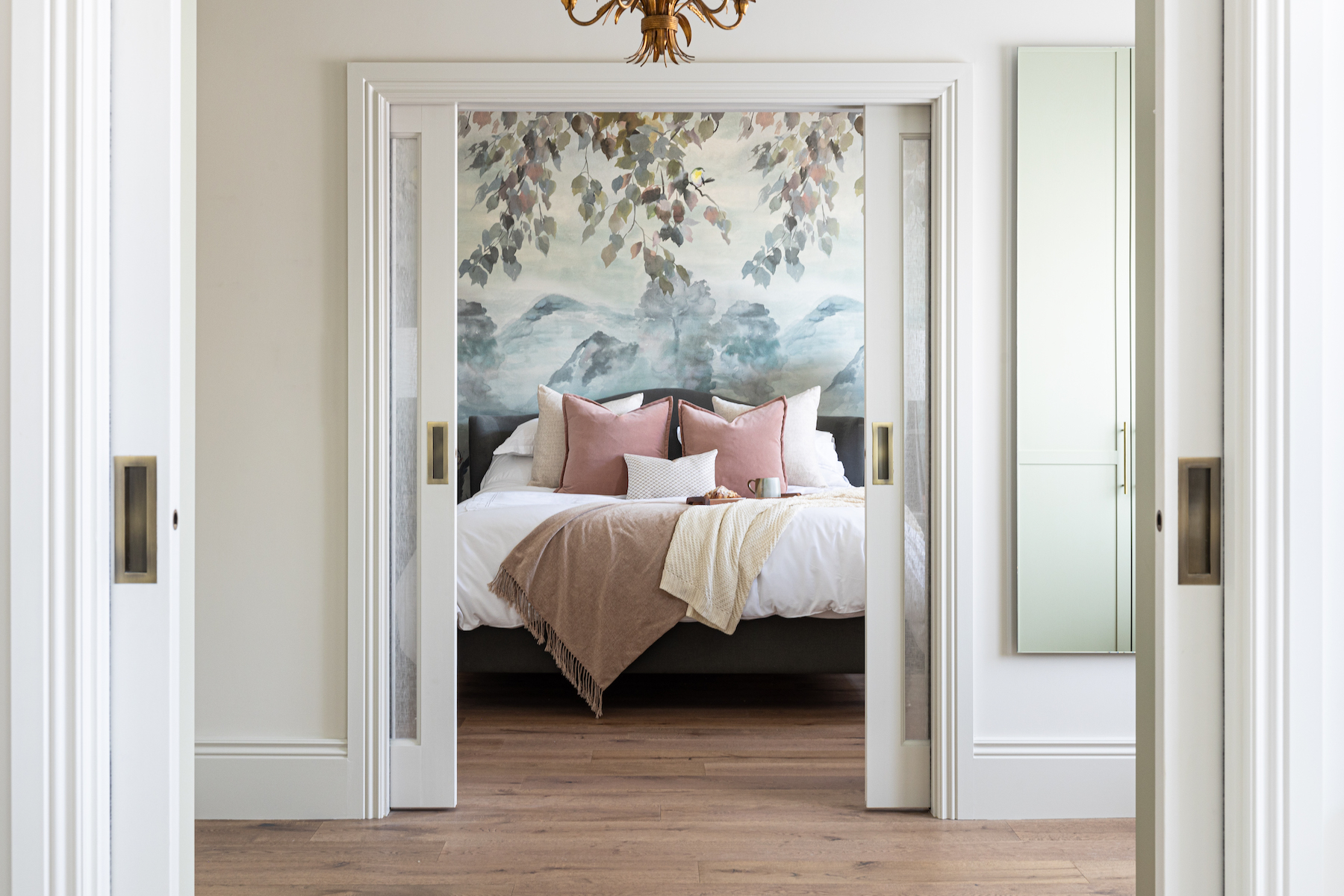
Interior Architecture VS Interior Design
When it comes to shaping interior spaces, two terms often come up: interior design and interior architecture. We cover the key differences between both practices and why understanding this difference matters.
READ MORE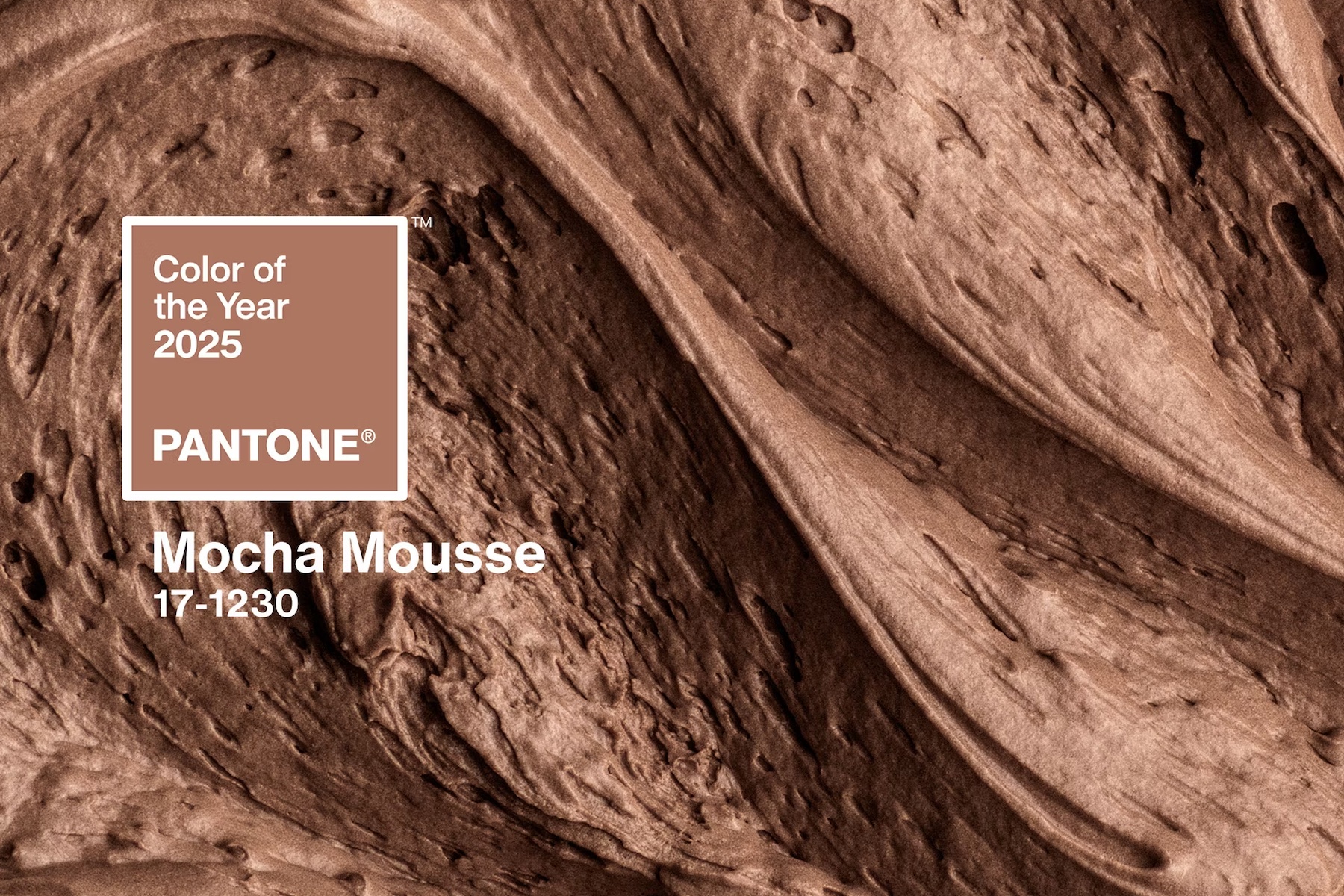
Pantone Colour of the Year 2025: Mocha Mousse – A Delicious Blend of Warmth and Sophistication
What is Pantone's Colour of The Year 2025 and how can you use it?
READ MORE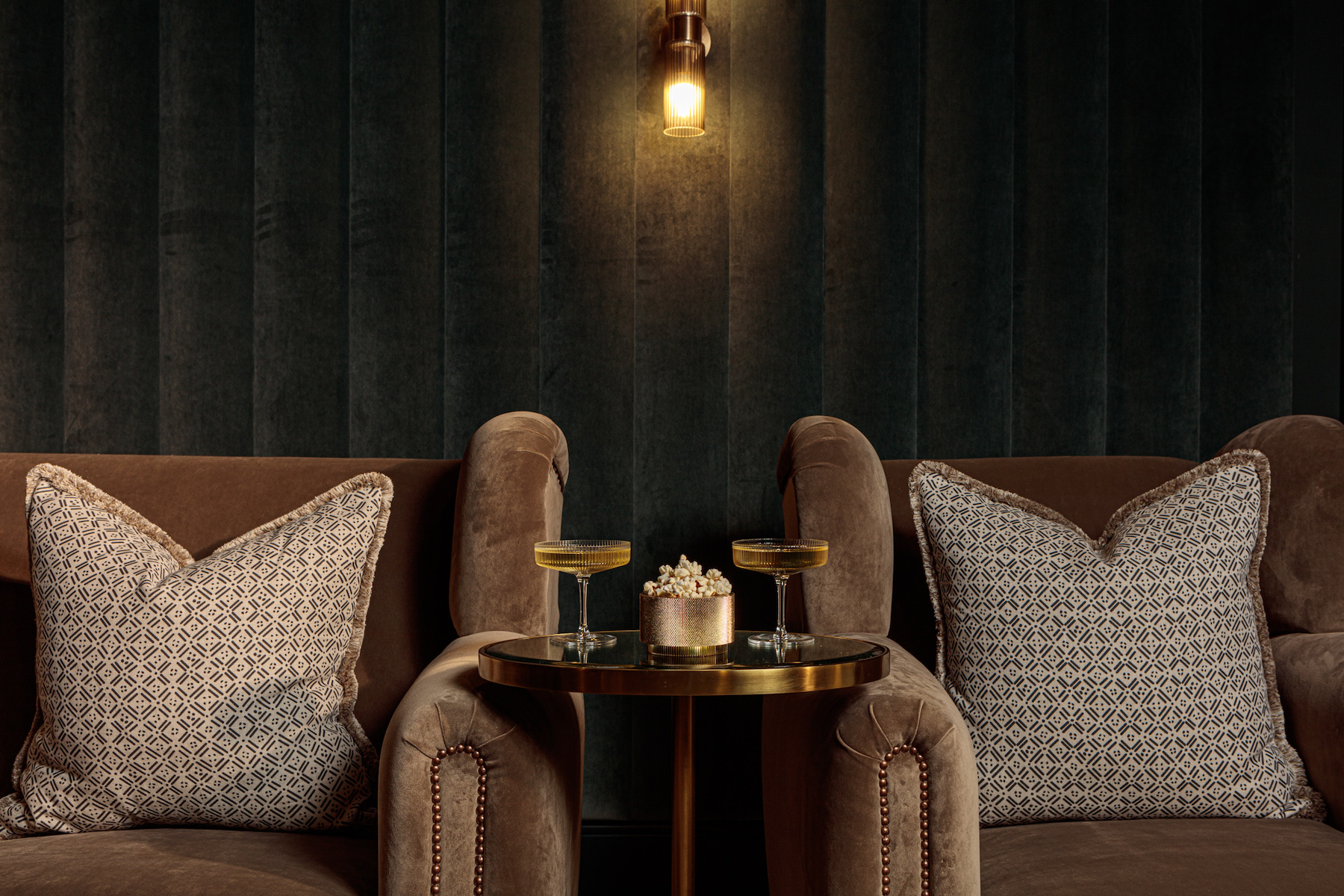
Interior Design Trends to Look Out For in 2025
We asked our designers what they predict to see more of in 2025, read what they had to say:
READ MORE